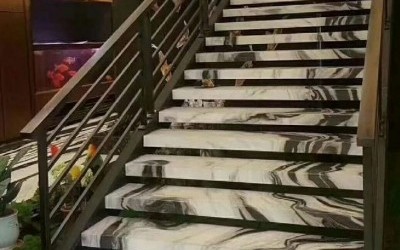Artificial waterfalls
Artificial waterfalls are architectural elements created by humans to mimic natural waterfalls. They are visually impressive and can evoke a romantic and colorful atmosphere, adding natural beauty to various settings, including parks, gardens, public areas, and private properties. Here are key aspects of artificial waterfalls:
-
Design and Structure: Artificial waterfalls can have diverse designs and structures. They can be tiered, where water cascades down in steps, or stream-like, where water simulates a flowing stream.
-
Materials: Various materials are used to construct artificial waterfalls, including stone, concrete, glass, and metal. Each material imparts its own character and texture to the waterfall.
-
Water System: Waterfalls operate thanks to a specialized water circulation system. This system typically includes pumps and filtration to keep the water clean and in motion.
-
Sound and Atmosphere: The sound of flowing water creates a calming and relaxing atmosphere. Artificial waterfalls can serve as sources of pleasing acoustics in gardens and parks.
-
Lighting: Nighttime lighting of artificial waterfalls adds drama and makes them visually striking after dark.
-
Landscape Design: Artificial waterfalls are integrated into landscape design, often surrounded by plants, rocks, and other decorative elements.
-
Relaxation and Entertainment: Artificial waterfalls provide spaces for relaxation, meditation, and entertainment. They can also serve as visual focal points in historical or themed parks.
Artificial waterfalls offer people the opportunity to enjoy the beauty of nature and the sound of water in urban environments. They can add an element of magic and tranquility to the surroundings, stimulating a sense of harmony and well-being.

